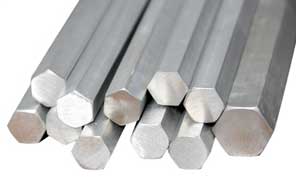Originally posted by pjotterkjen
View Post
I think a good finishing place is building a Newman motor based on Big Eureka, specifically, the Big Eureka commutator.
There's only two rotating contacts, though, they are segmented. I think that there are about four segments per contact, but then there is the copper shorting band (so-termed by me,) and I see not mention of that in his book, and that would be because it came later, I believe.
So, there's my two cents on it.




Comment